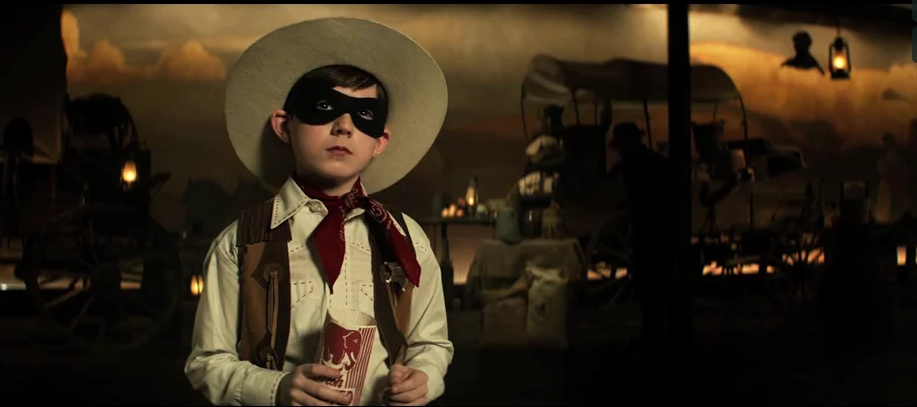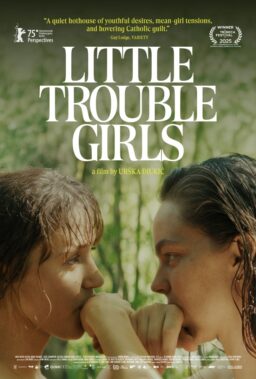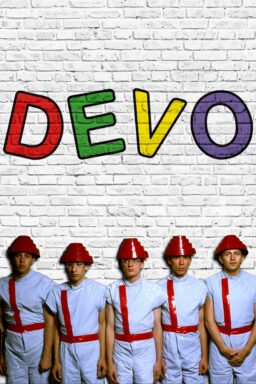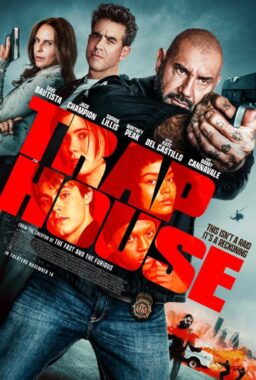Editor’s note: Scout Tafoya’s latest edition of “The Unloved” might be my favorite installment to date, and not just because it breaks from the usual format and considers two films rather than concentrating on just one. It is an exercise in discovery, challenging conventional wisdom in the gentlest way. I like both “Heaven's Gate” and “The Lone Ranger” more than most critics (the last one notoriously more; follow the link and see). Plus, I tend to like Westerns, or at least find them interesting, even if parts of them don’t work, because they’re so rare these days, and for various reasons so demanding.
But I’d never considered the similarities that the two films share until I watched Scout’s video.
There are a lot. And I mean a lot.
On a superficial level, both movies represented huge financial and artistic gambles. The commercial climate for Westerns was only slightly more hospitable in 1981, when “Heaven’s Gate” came out, than in 2013, when director Gore Verbinski tried to revive the legend of the Masked Man. Both directors broke the bank making films audiences found confusing, irritating or tedious. “Heaven’s Gate” was written off by critics and the handful of viewers who saw it as as an overlong, pompous, politically and dramatically incoherent example of ’70s auteurism at its most indulgent. Its commercial failure nearly destroyed its studio. “The Lone Ranger” was rapped for its drastic tonal shifts, and for casting Verbinski regular Johnny Depp, whose claims of Native American ancestry have been disputed, as the Lone Ranger’s friend and mentor, Tonto. But I always thought there was substance to the admittedly grandiose gestures of Cimino’s epic. I fell in love with (some might say fell for) “The Lone Ranger” as well.
Even as a pre-film-literate middle schooler, I was fascinated by “Heaven’s Gate” because it didn’t look, feel or move like any Western I’d seen. It was long and slow and intensely physical (Cimino notoriously built entire towns with functioning interiors and exteriors, an indulgence that would’t be permitted again until HBO bankrolled “Deadwood”). Also notable: the film was largely devoid of traditional gunfighter-movie cliches. It told the story of fully assimilated American whites oppressing more recent immigrants, a scenario few Hollywood films had shown us (not on this scale, anyway, or in the Old West; the closest thematic equivalent might have been first two “Godfather” films, or maybe Jan Troell’s ’70s films about Swedes in the American West). Cimino’s movie tried to show how the myth of Manifest Destiny was made real through sweat, blood and misery, mostly in the name of commerce. It showed an expansion undertaken mainly for the benefit of bankers, railway and mining companies, and at the expense of marginalized groups, specifically the suffering immigrants.
As Scout’s video points out, “The Lone Ranger” has a heck of a lot of similarities to “Heaven’s Gate,” including a narrative of Manifest Destiny as capitalist nightmare (but with Native Americans rather than European immigrants being trampled upon). Its style is altogether more daring than Cimino’s, which functioned mainly in a single mode (lavish tragedy). Verbinski’s film starts out as a “Heaven’s Gate” type exercise in myth-puncturing, with an aged Tonto relating the “real” story of the American west to a credulous 20th century boy in a Lone Ranger outfit. But because the whole thing is presented as a Native American’s flashback, it seems less a refutation of lies than a counter-myth, to use Oliver Stone’s great phrase. (Since I published this piece, a friend pointed out that you could see “The Lone Ranger” as the boy’s memory of the story that Tonto told him—which makes it a story about a story about a story, and ultimately a film about history as storytelling: the “Grand Budapest Hotel” of action westerns, maybe?)
At any rate, “The Lone Ranger” is wild and elastic, a cantankerous old man’s yarn about his youth. There are exaggerations, digressions, omissions, and flashes of perversity. We’ll watch an outlaw cut a man’s heart out of his chest or hear a recollection of a massacre and accept the horror at face value. But these scenes will be nestled beside examples of classically styled Hollywood spectacle (Verbinski stages some key scenes in Monument Valley, John Ford’s old stomping grounds) or outrageous slapstick (the final locomotive chase is modeled on Buster Keaton’s silent comedy “The General,” and Helena Bonham Carter shows up as a frontier madam with a Gatling gun for a leg). Ford and Clint Eastwood’s influence are accounted for, and there are flashes of Sergio Leone, Sam Raimi, Alejandro Jodorowsky and Laurel and Hardy. You could say it’s all too much, and that a lot of it doesn’t work, and you wouldn’t be wrong. But like Cimino’s movie, “The Lone Ranger” recombined its old elements into something ungainly yet fresh. No one with honest eyes could look at it and say, “Oh, no—not another one of these.”
Nor was it possible to claim that the films had nothing in the heads, or on their minds. Nestled within the sooty nimbus of “Heaven’s Gate” and the cartoon campfire glow of “The Lone Ranger” you’ll find a pair of laments. As Scout puts it, “The films concern America’s shameful treatment of immigrants and indigenous people, respectively. They couch their bloody histories in almost stifling artistry: a painter’s grandiose vision of a land claimed for those apparently destined to have it. Both films fear the future, because with the brutality of an edit, happiness and progress become distant memories. Those who had it in them to make a difference were denied the chance by reality.” — Matt Zoller Seitz
The Unloved – The Lone Ranger & Heaven’s Gate from Scout Tafoya on Vimeo.
To watch more of Scout Tafoya’s video essays from his series The Unloved, click here.











